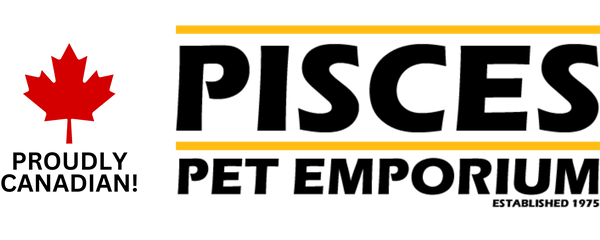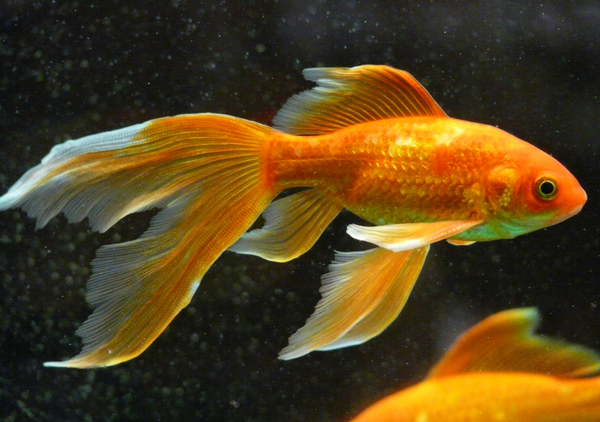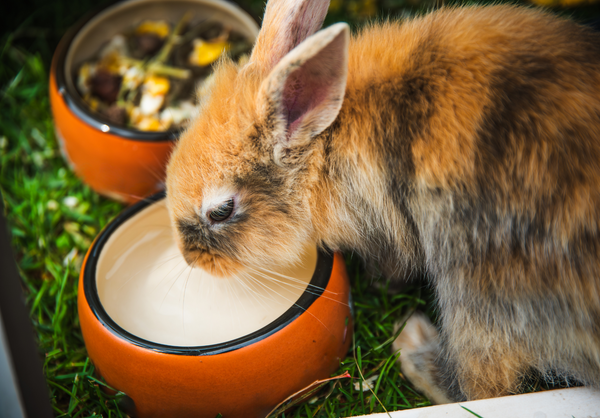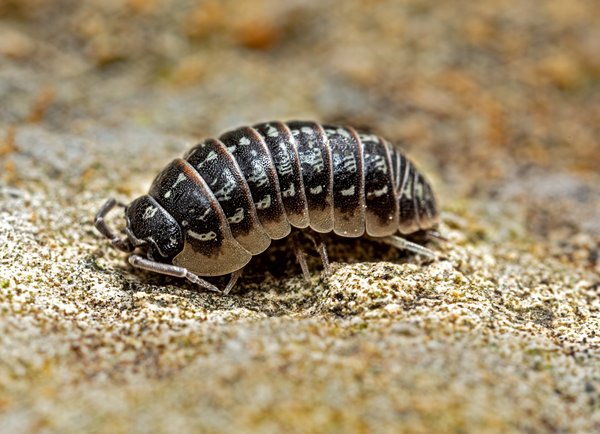The term "best pet" is tossed around a lot these days, but the infamous Bearded Dragon might truly be the reigning champ of that title. When compared to other reptiles or confined pets, bearded dragons are infamous for being relaxed, peaceful, easy to care, inexpensive and readily available. If you are looking for a cold-blooded buddy to sit on your lap and binge watch Netflix with you, this is your guy. So, what do you need to keep a bearded dragon healthy and happy? Turns out, not that much, so lets go through exactly what you need to get yourself started!
About the Bearded Dragon
The inland bearded dragon (Pogona vitticeps) gets its name from the black beard that puffs up, depending on their mood. In the wild, you can find them basking across warm, arid deserts and savannah areas across Australia. An average bearded dragon will grow to be 18"-24" snout to tail and live for ~10 years. Bearded dragons are diurnal, meaning they will be out and active during the day time.
Enclosure
A hatchling (or group of) will live comfortably in a 20 gallon terrarium. As they grow into adulthood, a single bearded dragon will require at least a 40 gallon breeder tank. For 2 or more, we would recommend no less than an Exo Terra 36x18x18 Terrarium Tank (50 gallon). Bearded dragons are terrestrial and a proper enclosure will have a larger footprint and less emphasis on vertical height.
Substrate & Decor
Because they are desert dweller, you want to try your best to emulate this environment. As juveniles, you want to use Zilla Terrarium Liner as a bottom layer so there is no chance of accidental ingestion of sand grains, causing impaction. As an adult, you may choose to transition to a fine sand (we recommend Exo Terra Terrarium Sand). This will not offer any additional benefits to your terrarium, but it will look more natural and can scoop poop out vs washing the liner. Provide a basking area in your tank, and a shaded area for them to sleep or hide if necessary. Provide branches and rocks for them to climb and interact with.
Heat & Lighting
Bearded dragons like it warm, they should be provided with an ambient temperature of 82°F-85°F and a basking spot of ~110°F. Place your heat bulb on one end of your tank to create a heat gradient across the enclosure. Bearded dragons are cold-blooded and need a temperature gradient to regulate their internal temperature. Since beardies require UVB to stay healthy, we recommend using an Exo Terra Solar Glo bulb for a basking bulb, because it will provide heat and packs a punch of UVB light. In addition to your basking bulb, you should also provide a UVB bulb to light the other end of your terrarium. We recommend using Zoo Meds ReptiSun UVB Terrarium Hood & Bulb as adequate UVB lighting for your bearded dragon terrarium. Bearded dragons are from an arid environment and often bask in direct sunlight, so we recommend a 10.0 full output UVB.
Humidity
Bearded dragons do best in about 40% relative humidity, which is about the humidity of your home. They do not require misting or a fogger (unless they need help with shedding), just provide a large enough water dish your your beardie to be submerged. If humidity is too high, respiratory infections can occur. We recommend giving your bearded dragon a warm 20 minute bath outside the enclosure once a week.
Feeding & Diet
When they are juvenile, bearded dragons should be fed a protein packed diet consisting of primarily dusted crickets and some salad. Until they are 6 inches long, they will need to be fed multiple times per day. As they grow into adults, you want to transition to a veggie-based diet, with some added protein like crickets or super worms. If a bearded dragon had it their way, they would only eat grubs, which is why there are so many obese bearded dragons. Make sure they are eating their greens before giving them a treat! A good salad will consist of dark greens like arugula, dandelion leaves, root veggies, squash and peppers. Avoid iceberg lettuce, spinach and other bitter veggies as they are either calcium binders or simply do not provide any nutrition.
Dust your beardies grub with a calcium supplement every feeding and a vitamin supplement twice a week.
Handling & Behavior
Bearded dragons are infamous for being one of, if not the most tame lizard to keep in captivity. I know it's hard, but when they are young it is best to try not to handle them unless it is necessary. As they get older they can be handled frequently without trouble. They should not be kept out longer than 20 minutes at a time or they will get cold. Always sanitize your hands before and after handling your bearded dragon.
Your New Pet!
It is the responsibility of any pet owner to provide their pet with regular veterinary care to maintain their pet’s health and to prevent illness. Should you experience any problems with your new pet, contact Pisces Pet Emporium. We will make every effort to assist you but we may refer you to a qualified veterinarian if the problem is beyond our ability to treat. A pet is a large responsibility and should not be purchased without due consideration!




